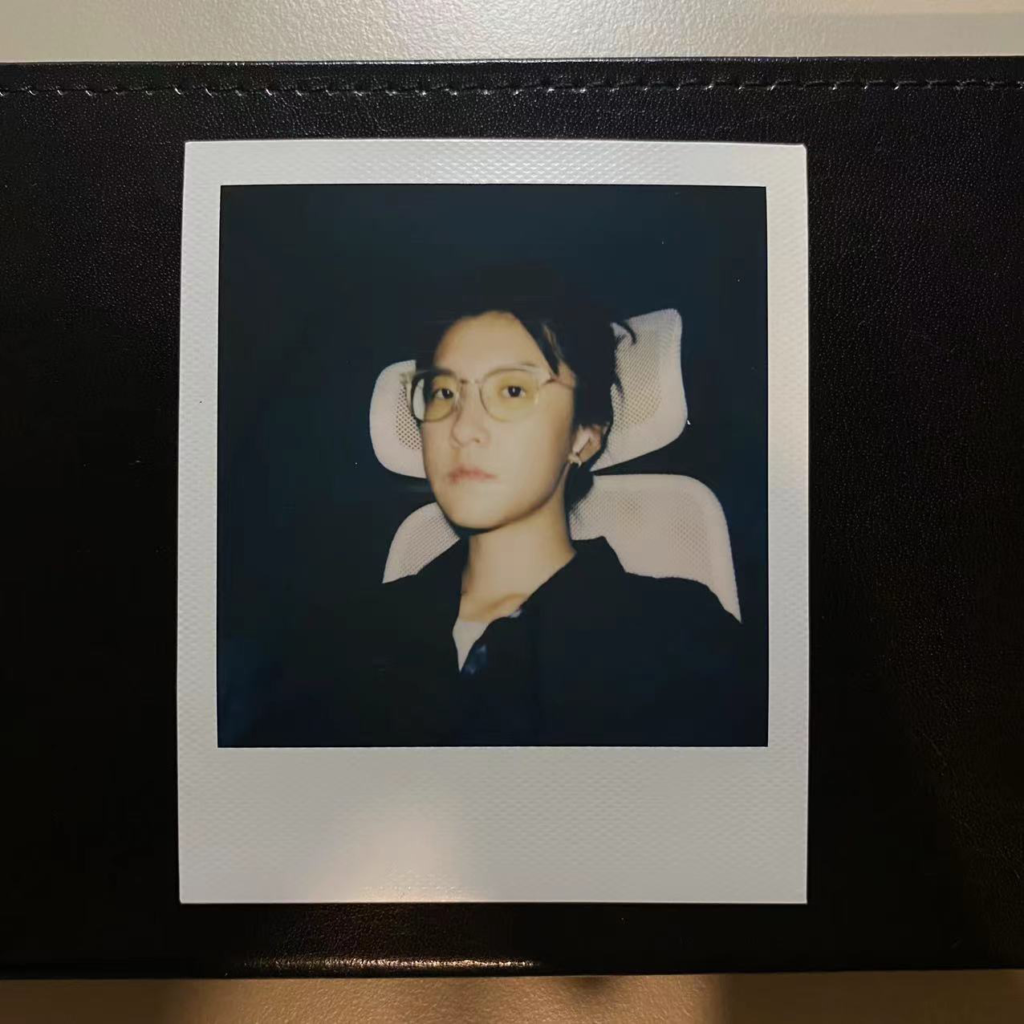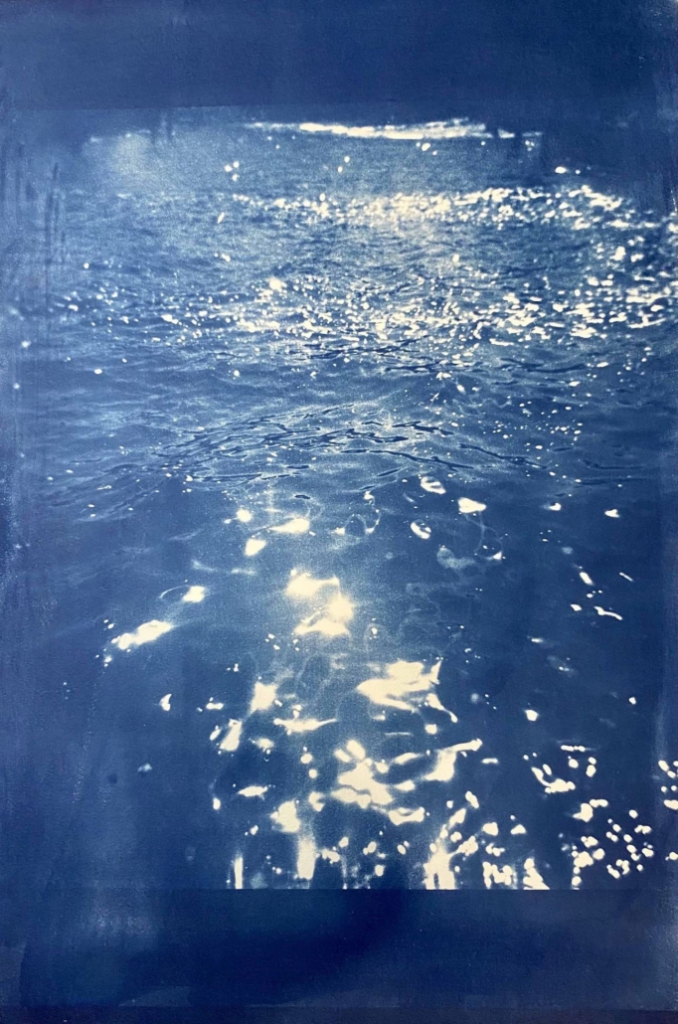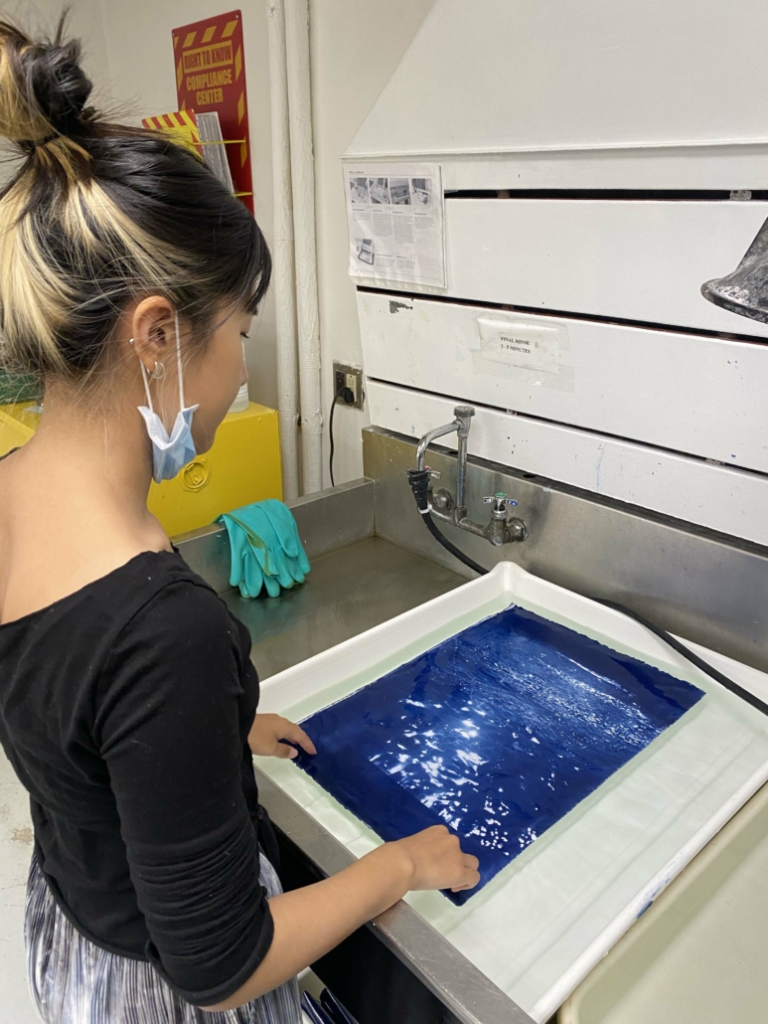Yueyang Peng is one of thirteen artists selected as a Gallery 263 Small Works Project artist. This project presents artwork in flat files at the gallery and on our website for the duration of one year. All artists are based in Massachusetts. Visit Peng’s Small Works Project page →
Can you tell us a little about yourself?

My name is Yueyang, but most people call me Matilda (my English name) because it’s definitely easier to pronounce. I am currently pursuing my BA and BFA at Tufts University and the SMFA, and I am in the five-year dual degree program, which allows me to pursue both my academic and fine art interests. While being an English major at Tufts, I also do many photography works at the SMFA, and you can find me mainly in the darkroom developing photos.
What kind of art do you make?
I mostly do photography works, but sometimes I dabble in printmaking and ink painting. I am incredibly interested in alternative processes and historic photo printing like cyanotypes which I use extensively in my photographic projects. I am also a big fan of Lomography cameras and other plastic cameras like Holga for the uncertainty impeded in their artistic products.
What concepts does your art explore?
images of work



I tend to shoot photos at first casually, then later look at my pictures and develop a concrete idea of “series” or “projects.” However, I also pursue concept-based projects from scratch, and when I do so, I often focus on a personal and nostalgic standpoint. My photographic works explore the relationship between time, memory, and beauty, based on my experience of drifting back and forth among various places. I often attempt to, or rather naturally, convey a sense of distance in my constructed works of art, almost stepping out of myself and looking at myself and the world in a third-person perspective, familiar yet distant at the same time, recording ephemeral and personal feelings.
Can you tell us about the work you have on view in your flat file drawer at the gallery?
I have some darkroom printed gelatin silver prints from a series called “stare,” which I took with the experience of constantly being attracted to lights, even from a very young age. My mother said that as an infant, I would always stare into the lights, and I have maintained this habit even now when I daydream. I intended to create this effect of the lights almost sucking one in, attracting attention and the possibilities within such ambiguous and nonspecific image-making choices. I also have some cyanotypes included in the flat file, which I created by writing with the cyanotype chemicals repeatedly and then printing on top of it a piece of negative transparency. Being an English major, I am fascinated by words and their ability to create worlds with mere existence on a page. I attempted to capture that effect of words by imploring them into my photographic works.
Where do you make your work?
images of process



I take a camera with me wherever I go, and I make most of my printing works at school, whether in the alternative process darkroom(for cyanotypes) or the traditional black and white darkroom. I also try to make cyanotypes at home by using natural sunlight.
What are your favorite materials to use? Most unusual?
Equipment-wise I love using my Mamiya 7ii for medium format, which is more compact than other medium format cameras. I also love using all my lomography plastic cameras because they are incredibly convenient to grab and go and very light to bring around in your bag. I also enjoy doing cyanotype with photographic formulary chemicals, but recently I have also gotten into polaroid emulsion lifting.
What historical and contemporary artists inspire you?
Many photographs inspire me tremendously; my favorite photographer is Sally Mann. Still, many others inspire me, like Nan Goldin, Rinko Kawauchi, Todd Hido, Pixy Liao, Hiroshi Sugimoto, and so many more. Besides photographers, I am also inspired by artists like Marc Chagall with his dreamy fantastical worlds and Cai Guoqiang, a fireworks artist who uses fireworks to create large beautiful paintings.
When did you decide you wanted to be an artist?
I think I gravitated towards becoming an artist in high school when I relished my time in the darkroom, playing music and just relentlessly developing and printing photos by myself. I knew that this was something I would do for the rest of my life and that being able to express, whether through art-making or writing, is the most valuable and important aspect of my life.
Is there anything else you would like to share?
My favorite quote from Paradise Lost:
“but to create is greater than created to destroy”